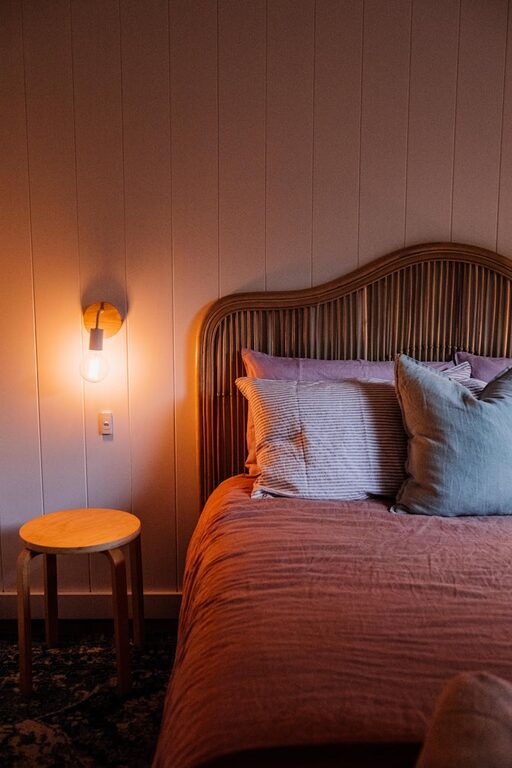
Tips for Choosing Comfortable Home Lighting That Enhances Your Space
Creating a comfortable atmosphere in your home goes beyond furniture and color schemes — lighting plays a crucial role in setting the mood and enhancing the overall feel of your space. Choosing the right lighting can transform a room from dull and uncomfortable to warm and inviting. In this post, we’ll explore useful tips for selecting comfortable home lighting that suits your needs and style.
Why Comfortable Lighting Matters
Lighting affects not only how we see things but also how we feel. Proper lighting can:
– Reduce eye strain and fatigue
– Create a relaxing ambiance
– Highlight decor and architectural elements
– Improve functionality in task areas like the kitchen or workspace
Comfortable lighting balances brightness, color temperature, and placement. When done well, it enhances your home’s atmosphere and supports your daily activities.
Understand Different Types of Lighting
Before choosing fixtures and bulbs, it helps to understand the three main types of lighting every well-lit room needs.
1. Ambient Lighting
This is the general or overall lighting that fills a room, providing uniform brightness. Examples include ceiling-mounted lights, chandeliers, or large floor lamps.
2. Task Lighting
Task lighting focuses on specific areas where activities like reading, cooking, or working happen. Desk lamps, under-cabinet lights, and pendant lamps over kitchen counters fall into this category.
3. Accent Lighting
Accent lighting highlights decorative features such as artwork, plants, or architectural details. Use spotlights, track lighting, or wall sconces to create depth and interest.
Tips for Choosing Comfortable Home Lighting
Here are some practical pointers to help you pick lighting that is both comfortable and functional.
1. Consider the Room’s Purpose
Each room has different lighting needs based on how it’s used.
– Living rooms and bedrooms: Aim for soft, warm lighting that promotes relaxation. Use dimmable lamps and multiple light sources for flexibility.
– Kitchens and home offices: Opt for brighter, cooler lighting that improves visibility and focus. Task lighting is essential here.
– Bathrooms: Choose bright but flattering light around mirrors to aid grooming tasks.
2. Choose the Right Color Temperature
Light bulbs come in various color temperatures, measured in Kelvins (K). This affects how warm or cool the light appears.
– Warm light (2700K–3000K) creates a cozy and inviting atmosphere, perfect for living spaces and bedrooms.
– Neutral white (3500K–4100K) works well for kitchens and bathrooms where clarity is important.
– Cool light (5000K and above) imitates daylight and is best for detail-oriented tasks.
For comfortable home lighting, warm or neutral tones generally feel more pleasant and less harsh on the eyes.
3. Use Adjustable Lighting Controls
Dimmers and smart lighting systems allow you to tailor lighting levels to different activities and times of day. They’re great for creating ambiance or increasing brightness when needed.
4. Layer Your Lighting
Combining ambient, task, and accent lighting creates balanced illumination and adds dimension to your rooms. Instead of relying on a single overhead light, mix different fixtures for more control and comfort.
5. Select Fixtures That Soften Light
Choose lampshades and fixtures that diffuse light softly rather than harshly. Fabric shades, frosted glass, and LED panels reduce glare and make the environment easier on your eyes.
6. Pay Attention to Lighting Placement
Good placement prevents shadows and uneven lighting.
– Position task lights close to where you need illumination without casting shadows.
– Avoid placing bright lights directly in your line of sight.
– Use wall or ceiling-mounted fixtures to distribute light evenly in the room.
7. Mind Natural Light
Maximize daylight by using window treatments that filter but don’t block sunlight. Combining natural and artificial lighting helps keep your space bright and pleasant throughout the day.
8. Choose Energy-Efficient Bulbs
Comfortable lighting doesn’t have to come at a high energy cost. LED bulbs offer excellent brightness, color options, and longevity while reducing electricity bills.
9. Match Lighting Style to Room Decor
Lighting fixtures are also a decorative element. Select styles and finishes that complement your interior design to create a cohesive, comfortable atmosphere.
Bonus: Easy Lighting Ideas to Try
– Add floor lamps with warm bulbs in living areas for extra ambiance.
– Install under-cabinet LED strips in the kitchen for effective task lighting.
– Use string lights or fairy lights in bedrooms to add a cozy, whimsical touch.
– Place table lamps with dimmers on bedside tables for reading comfort.
Final Thoughts
Choosing comfortable home lighting is about creating a balance between functionality and ambiance. By considering the room’s purpose, selecting the right color temperature, layering different light sources, and paying attention to placement and style, you can design lighting that enhances your home’s comfort and beauty.
Don’t hesitate to experiment with different setups until you find the perfect lighting combination that feels just right for you and your family. After all, a well-lit home is a happy home.
